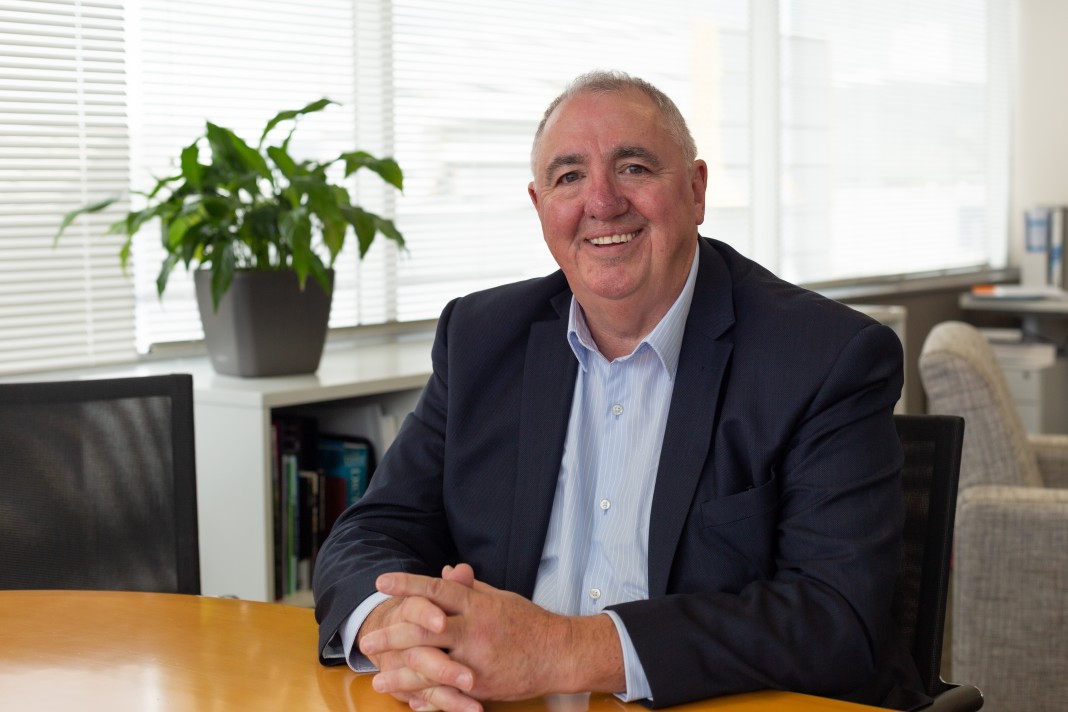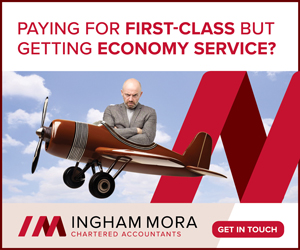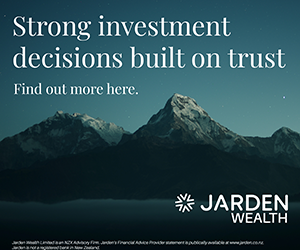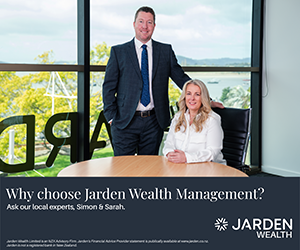Tauranga City Council has close to $2 billion earmarked in its 2021-31 long-term plan for transport system improvements, with the aim of getting traffic on our roads moving more freely. That includes a significant investment in public transport and walking and cycling assets, to encourage mode shift away from motor vehicles.
Despite that, modelling indicates that our increasing population will see vehicle numbers on our roads continue to increase, with a 14% increase by 2028 (compared to actual vehicle numbers in 2018) and another 23% increase on top of the 2028 number by 2048. If those estimates are accurate, more of our key arterial roads will be impacted by even more serious traffic congestion at peak travel times, with all of the impacts that has upon our lifestyle, economy and environment.
So what are the solutions? We’re already focusing on better land use – essentially encouraging housing intensification around our existing commercial centres and along the Te Papa peninsula (so people don’t need to use a car to access their workplace or the services they need) – as well as introducing smart transport systems (synchronised traffic lights, etc.) and better prioritised investment to address existing bottlenecks. But the fact is, we will still need a step change so we can make the best use or our road network and accelerate the move away from private vehicles as our primary transport option.
One possibility which has been effective in reducing congestion in other parts of the world (notably Singapore, Stockholm and Gothenburg, ) is ‘road pricing’. Effectively, this is a variable charge levied on vehicle owners who choose to use a particular route at a particular time of the day, which encourages individuals and business owners to think about how and when they use the transport network.
For private users, this might involve choosing another transport mode, working from home, sharing a trip, or choosing another time of day to travel around the city, for example. For business users, it might mean thinking about a different operating model, so that their vehicles aren’t on the road at peak travel times, or allowing more flexible working hours where this is possible.
Of course, no-one will be particularly keen to pay a new charge on top of their existing transport costs – we get that. But the advantage is that those who pay will enjoy a faster trip and the funds raised will be reinvested into a better transport system for Tauranga.
The reality is we’re already paying for congestion now and that cost will increase, substantially. As individuals, continually sitting in slow-moving lines of traffic means we have less time to spend with our whanau and doing the things we like. For businesses, it means increased vehicle and salary costs and reduced productivity. And for our environment, it means more carbon emissions contributing to climate change.
In short, we have to make a choice – keep doing what we’re doing now and accept the cost that imposes on all of us, or start thinking seriously about a game-changer. There may be other possible solutions too, but we know that road pricing works and we know that it’s technically feasible right now.
The Tauranga City Council Commissioners think it’s timely to start a conversation about the pros and cons of road pricing, because the sooner we start to change, the better it will be for everyone who lives or does business in our city.
















